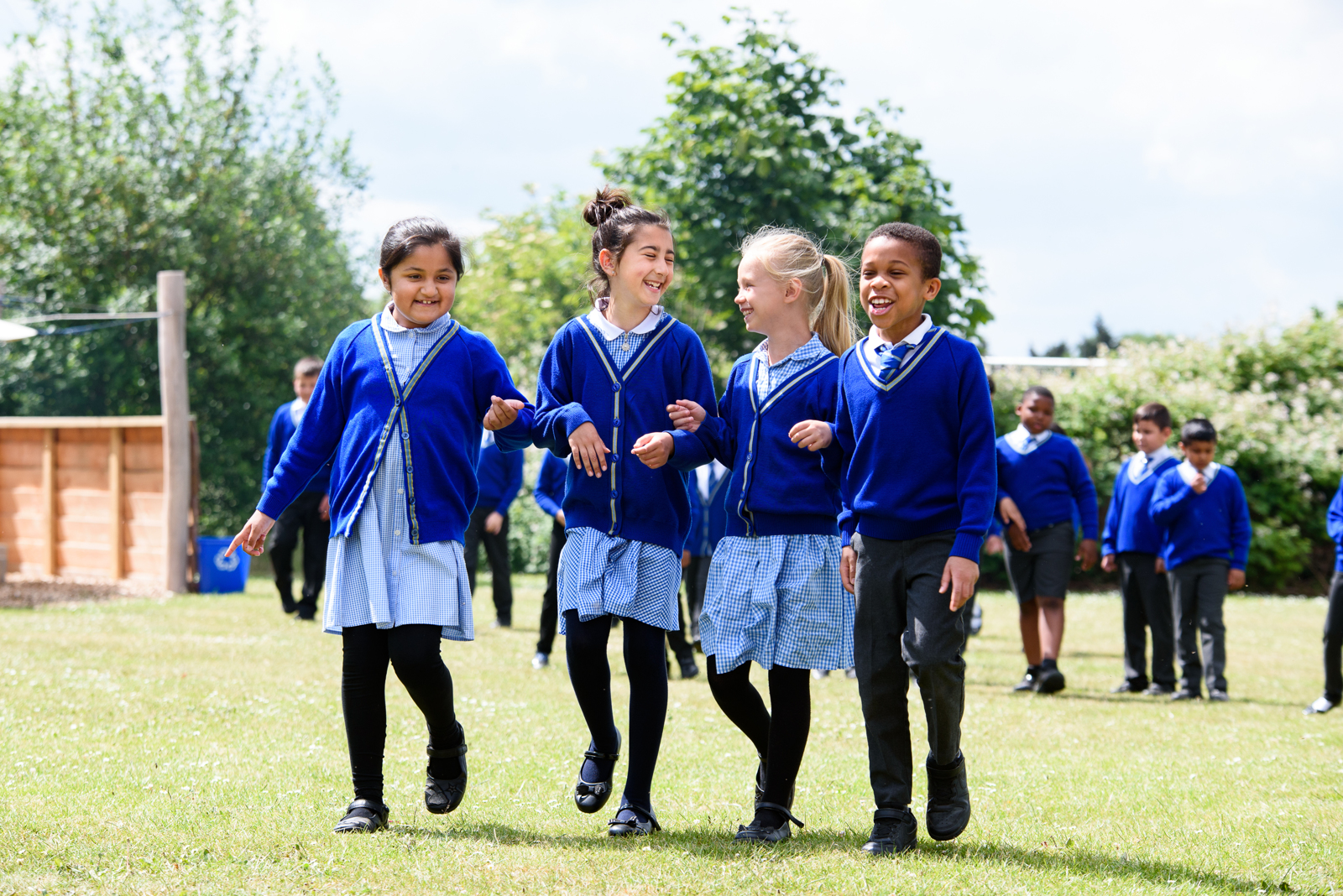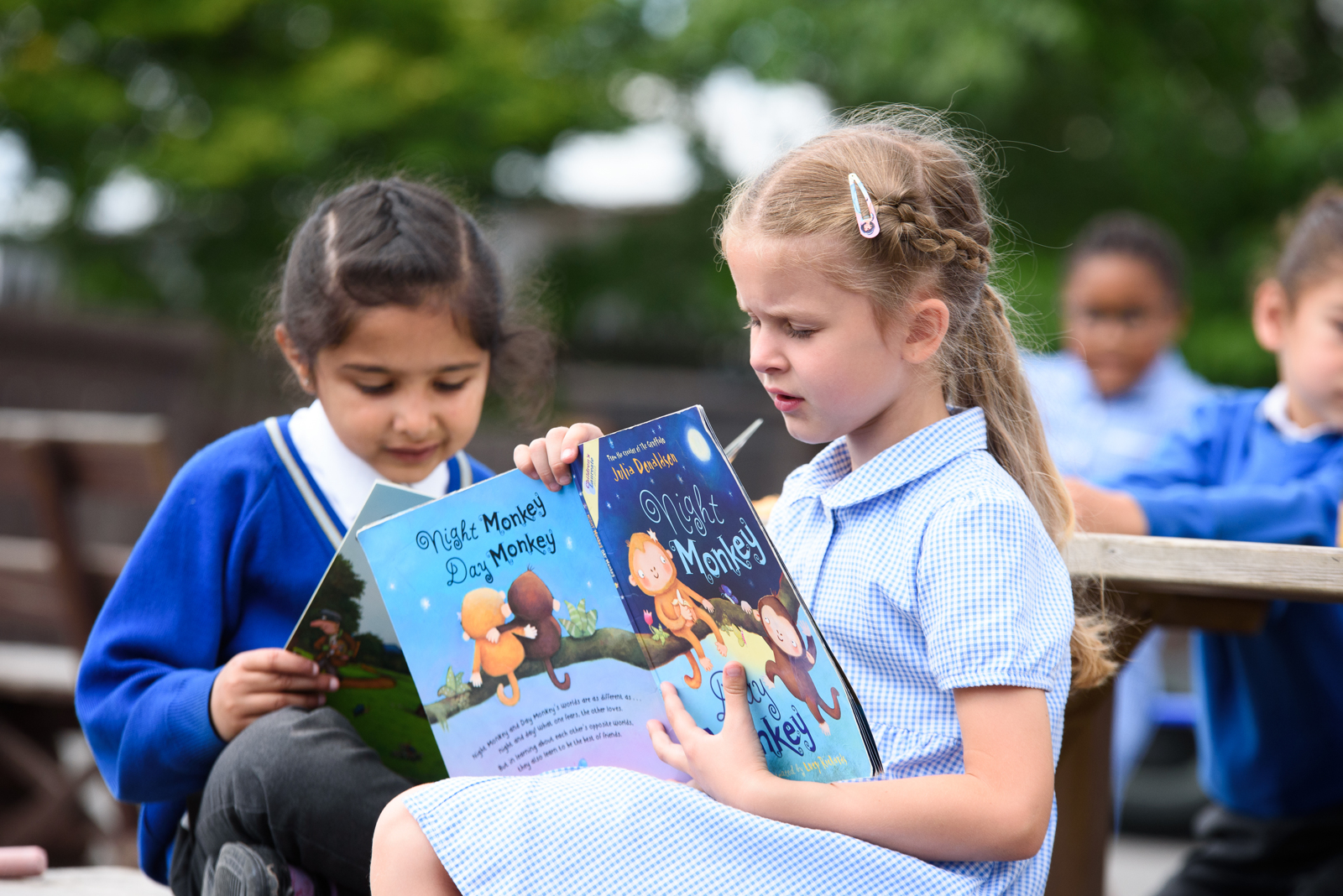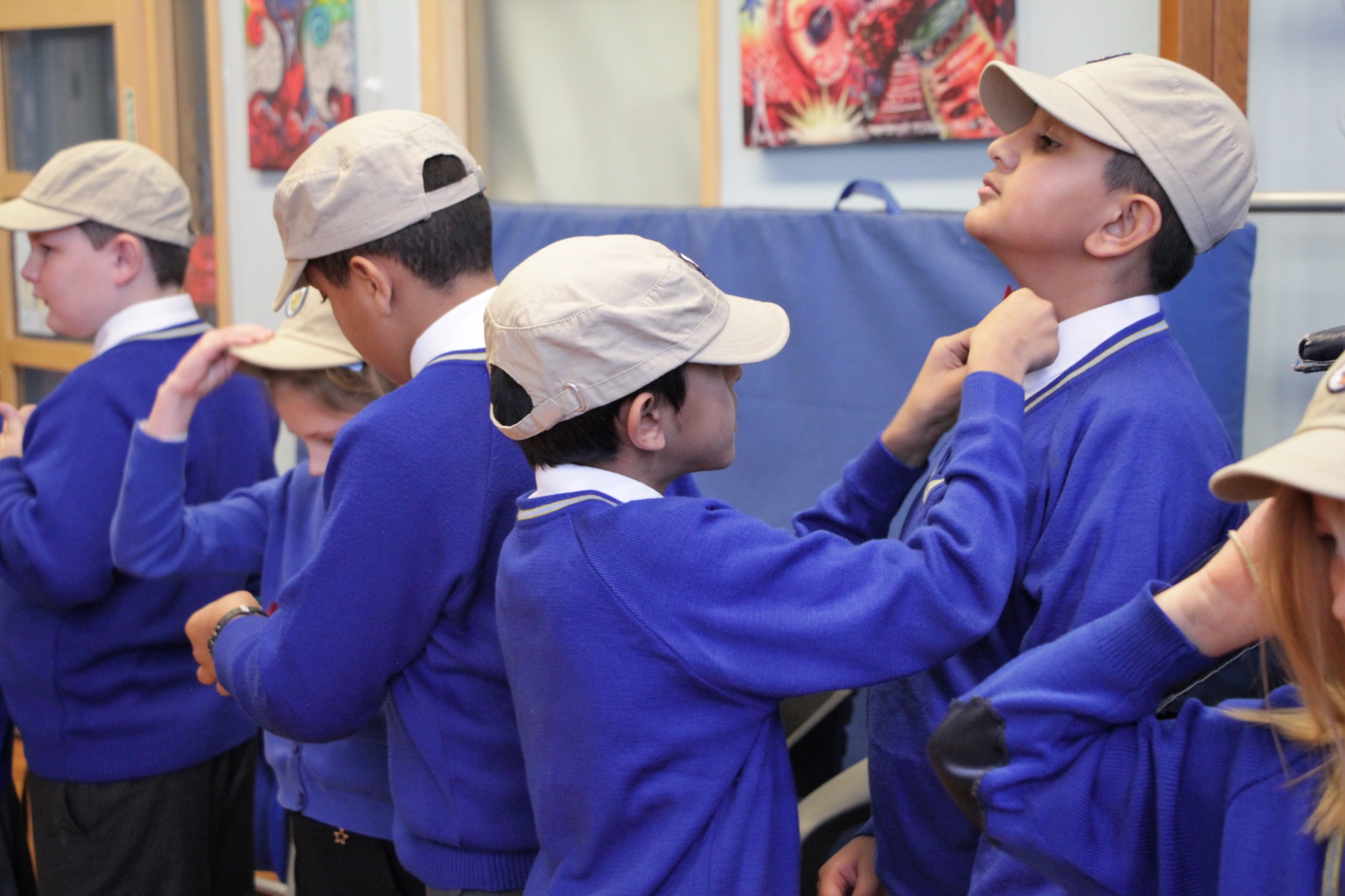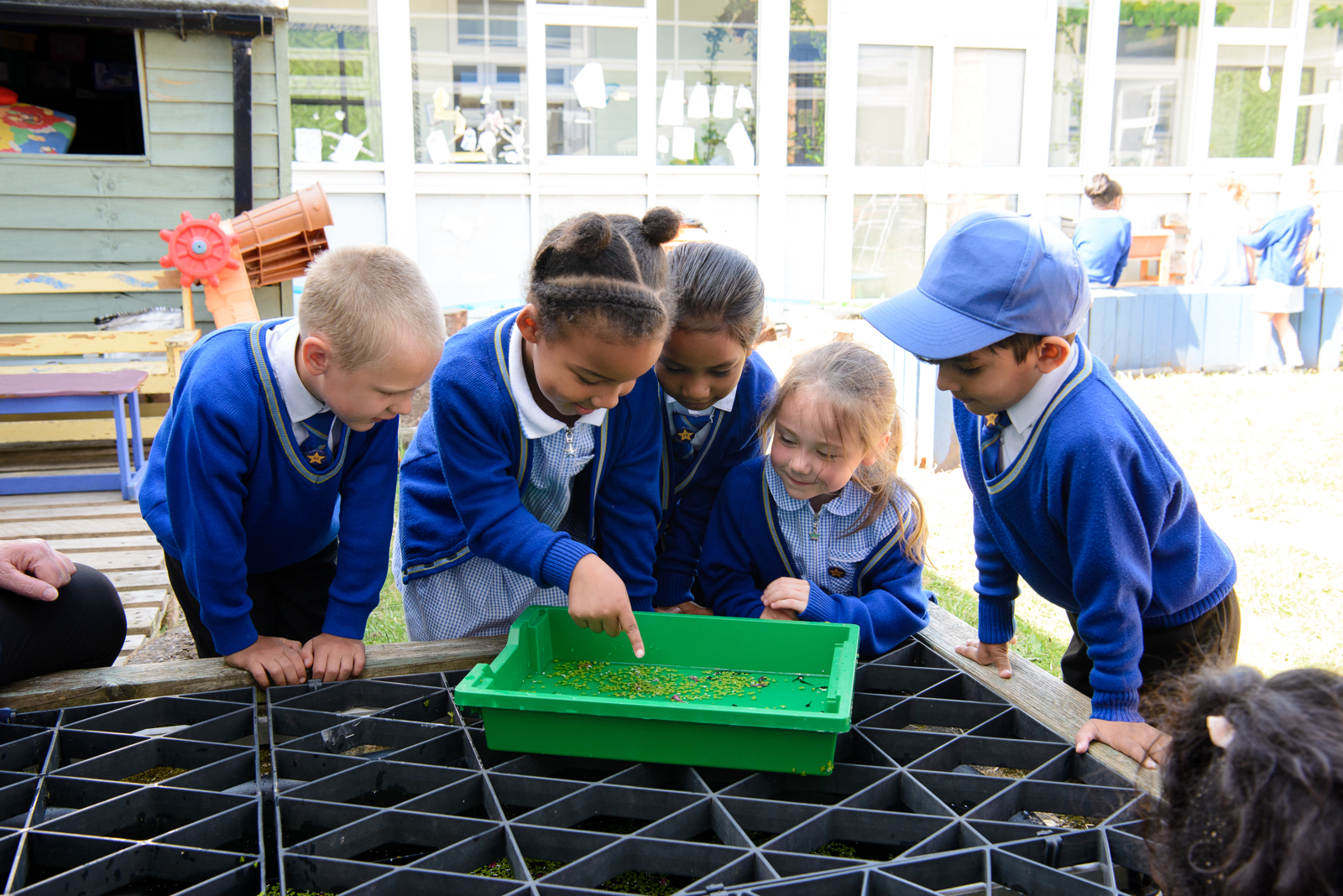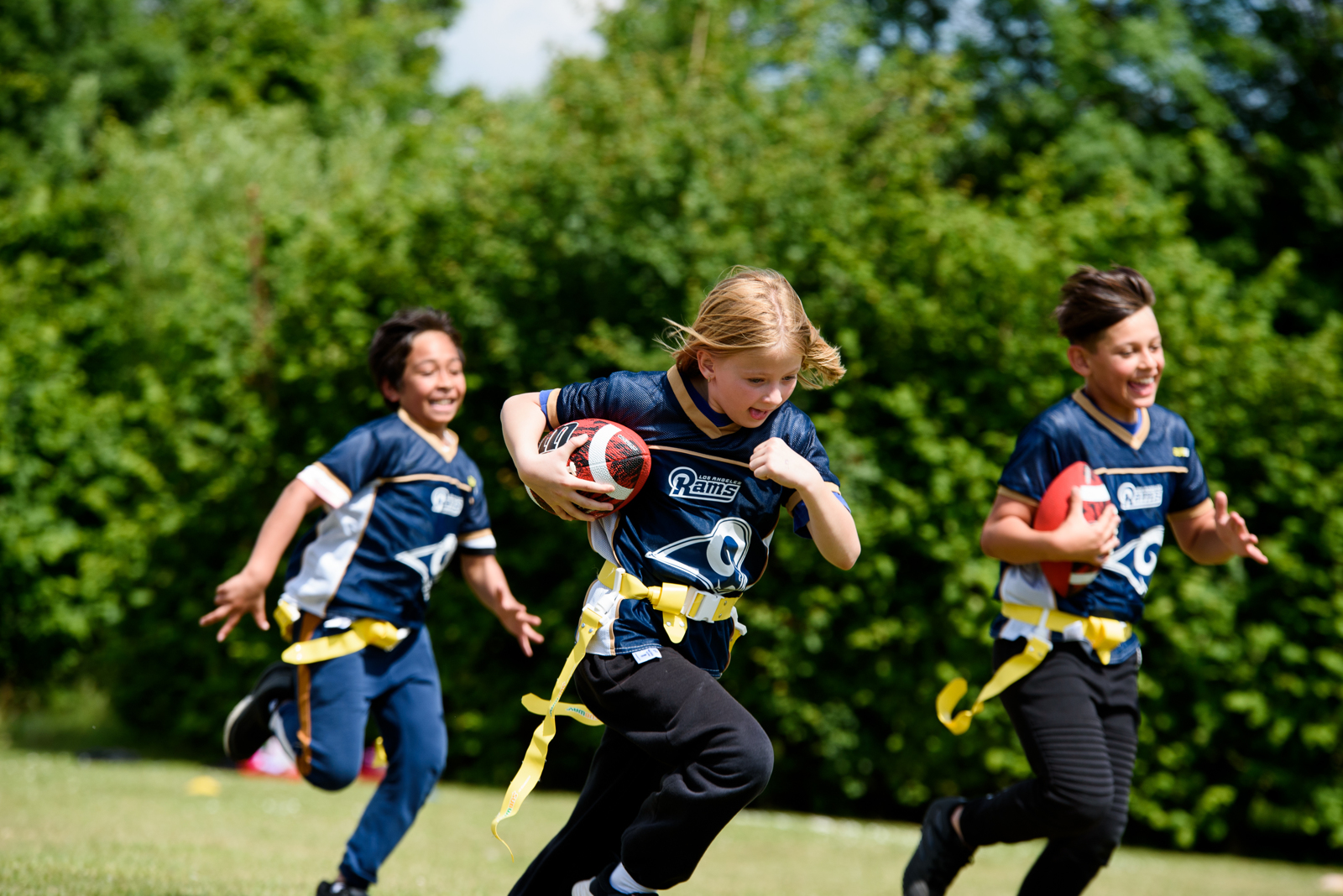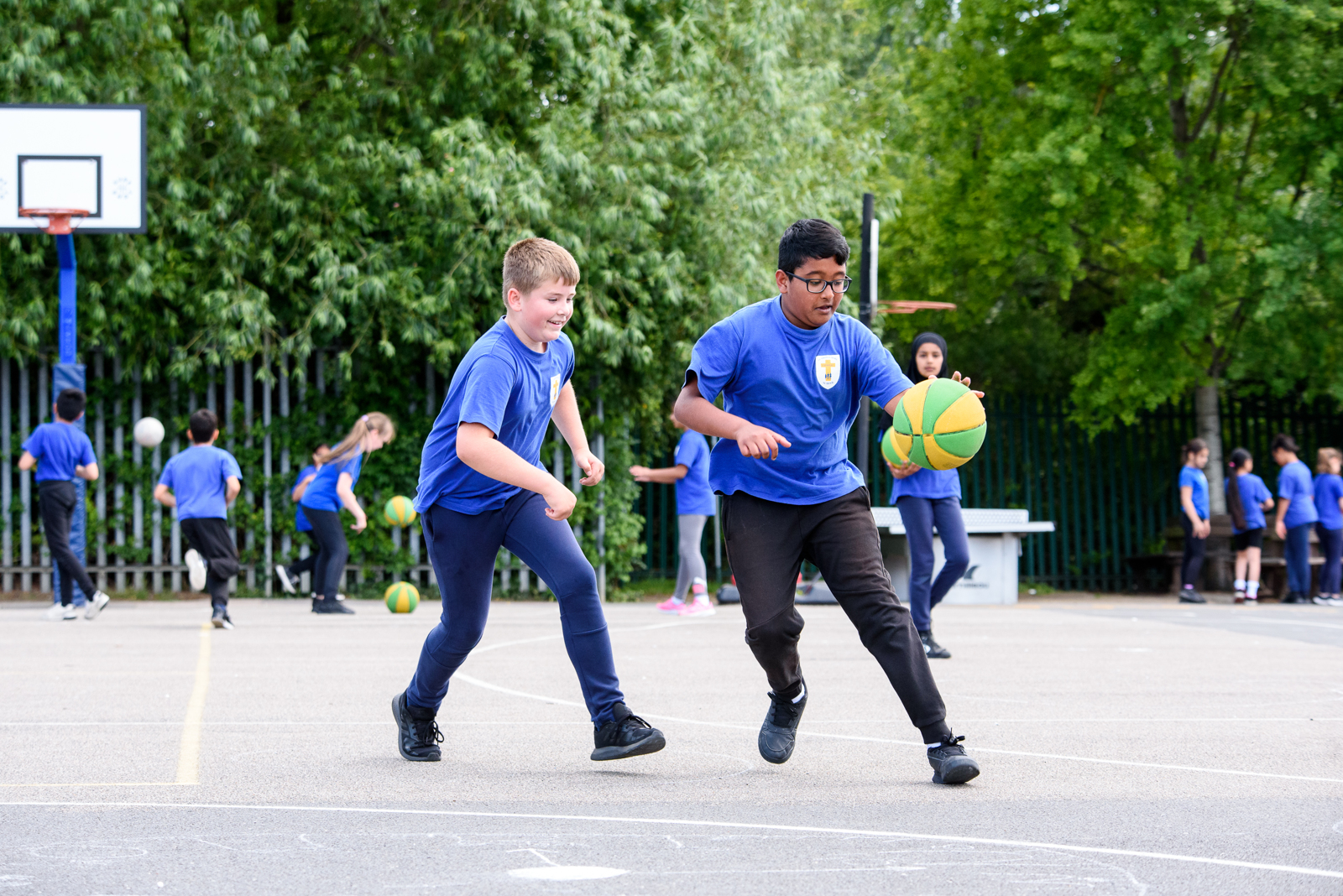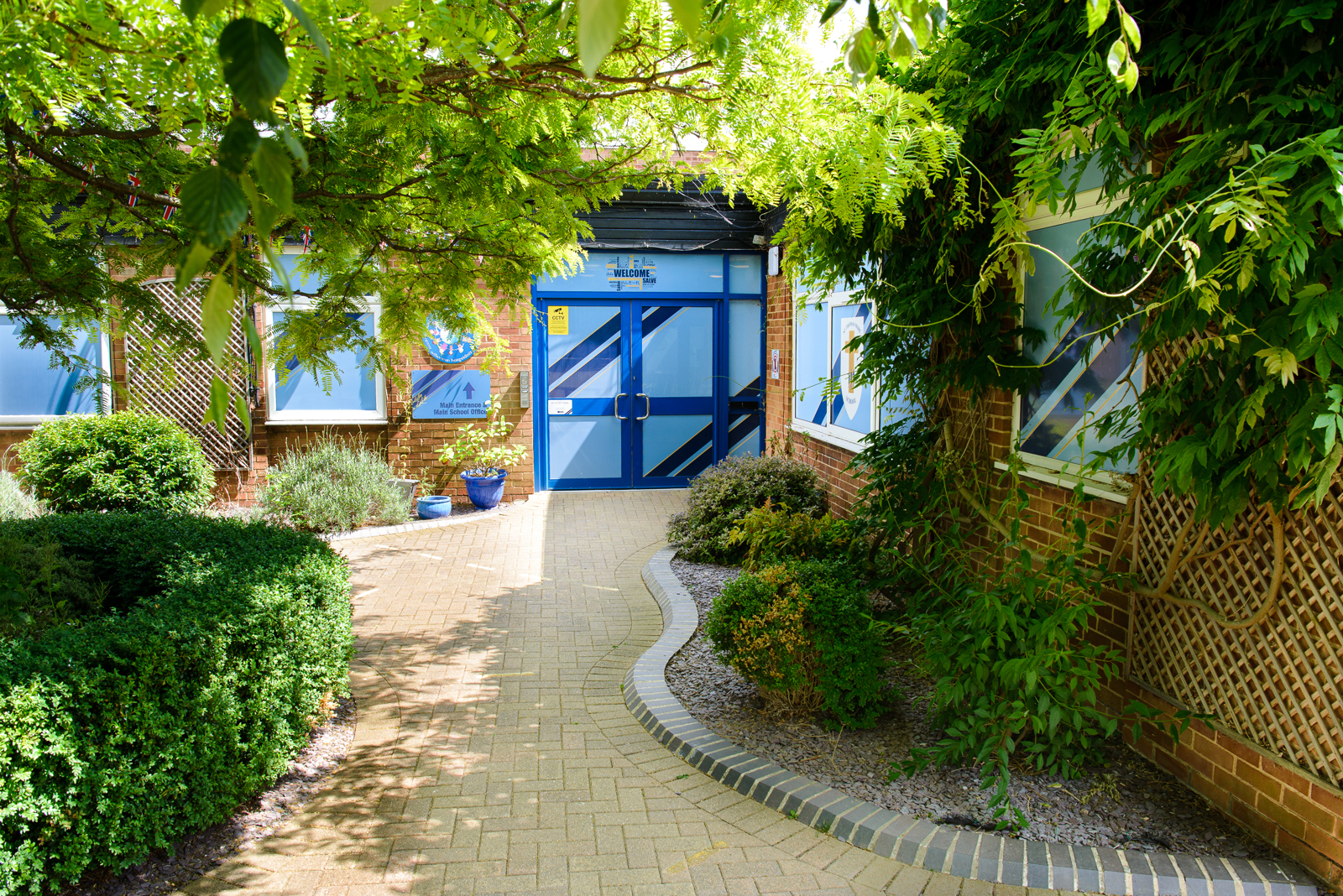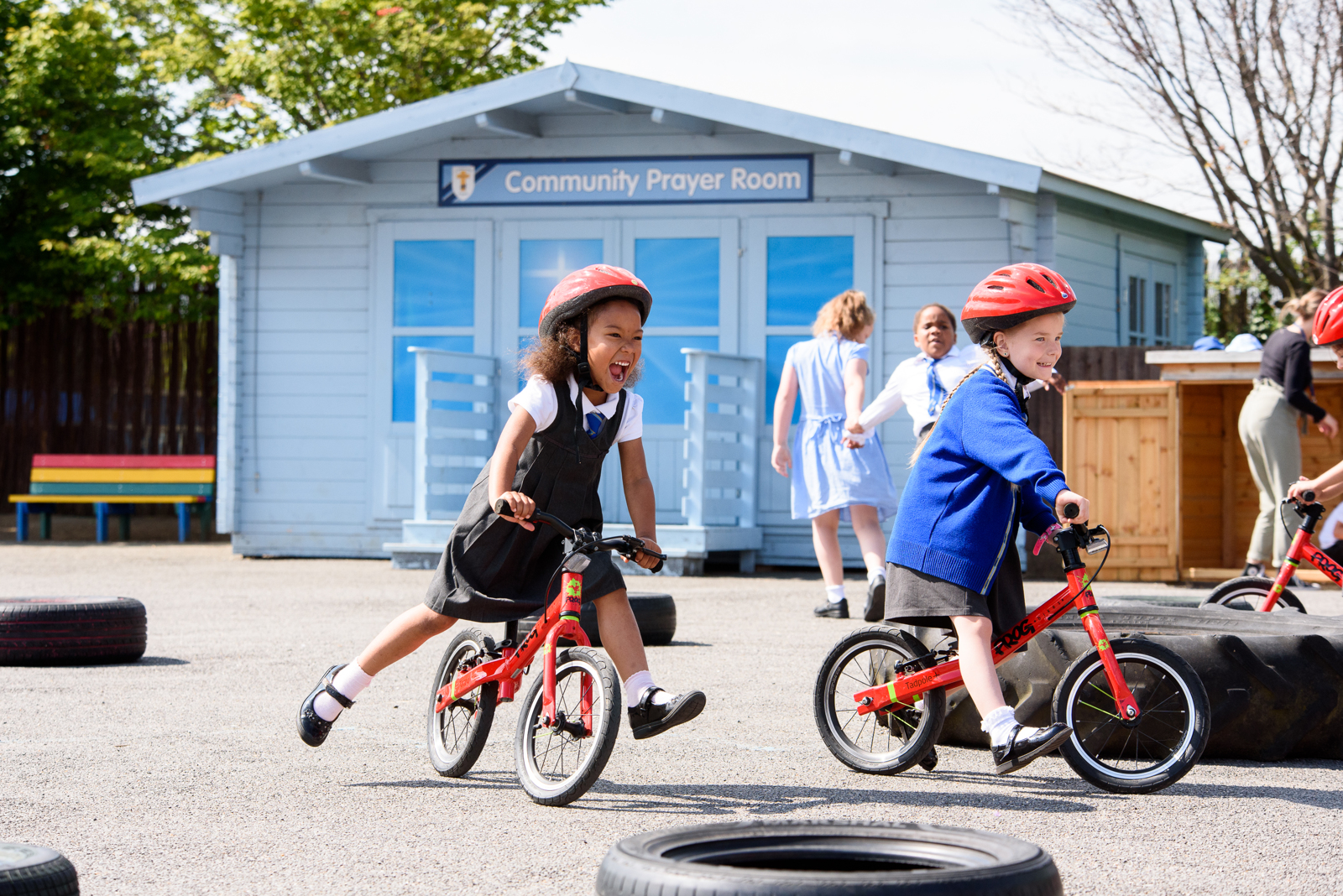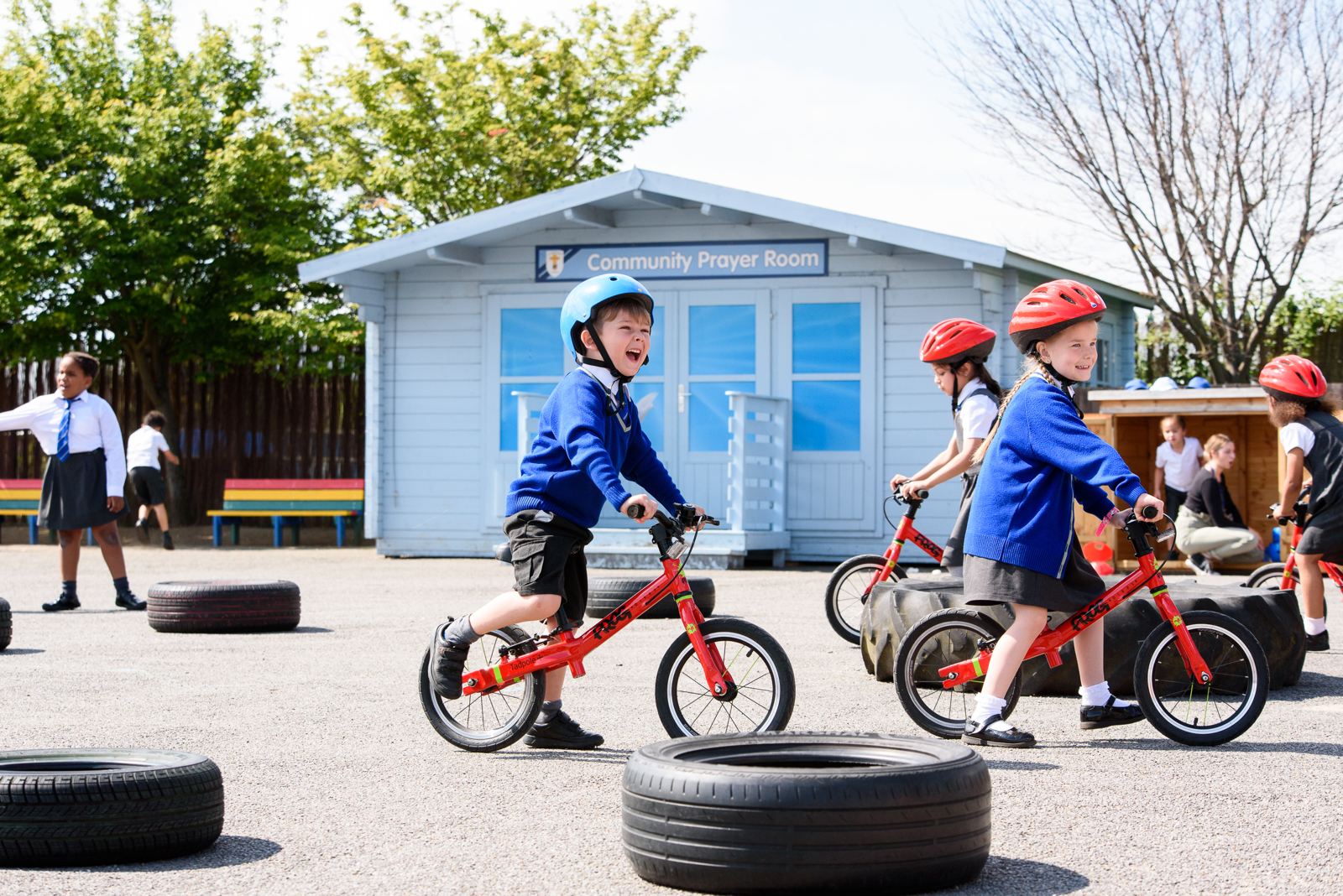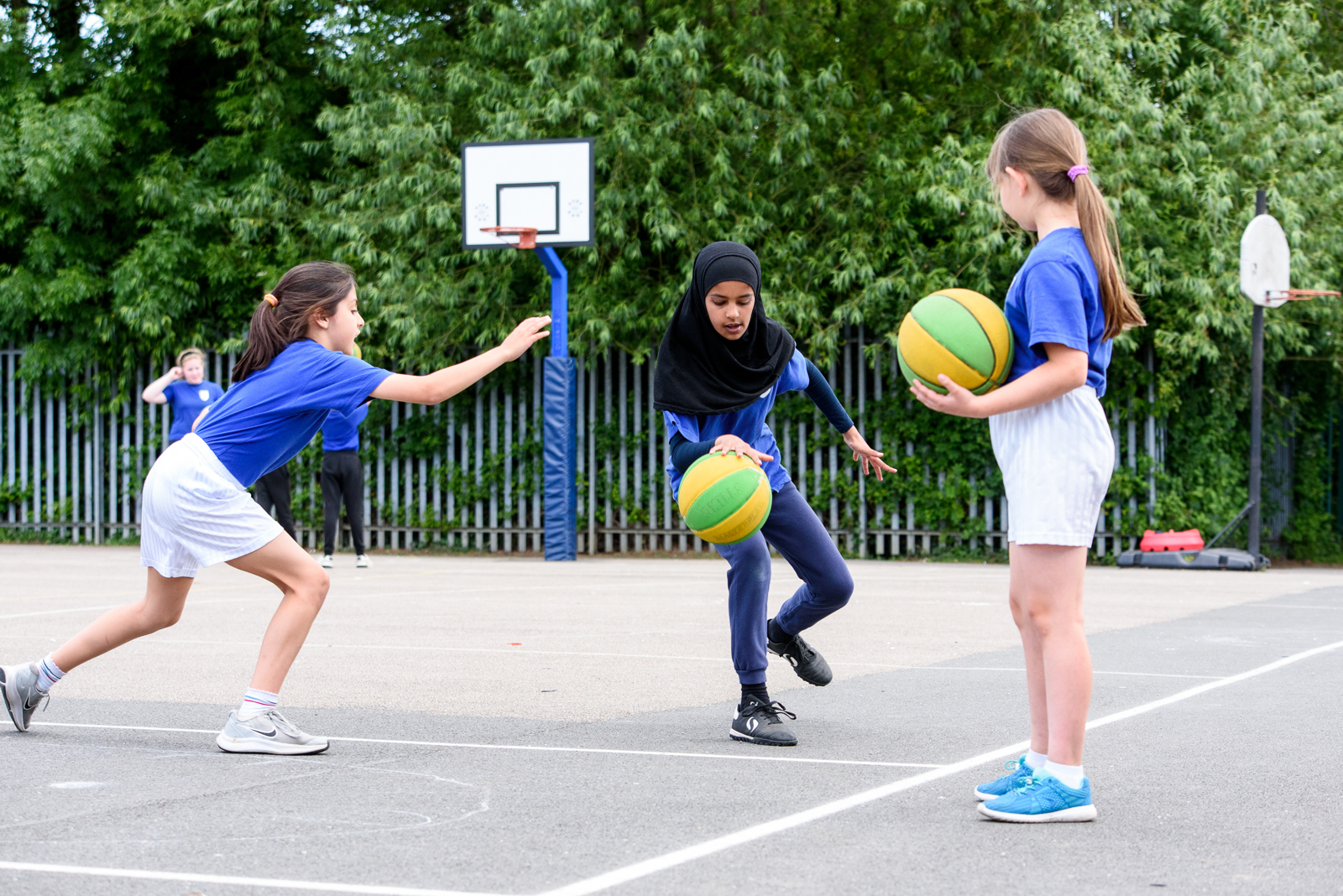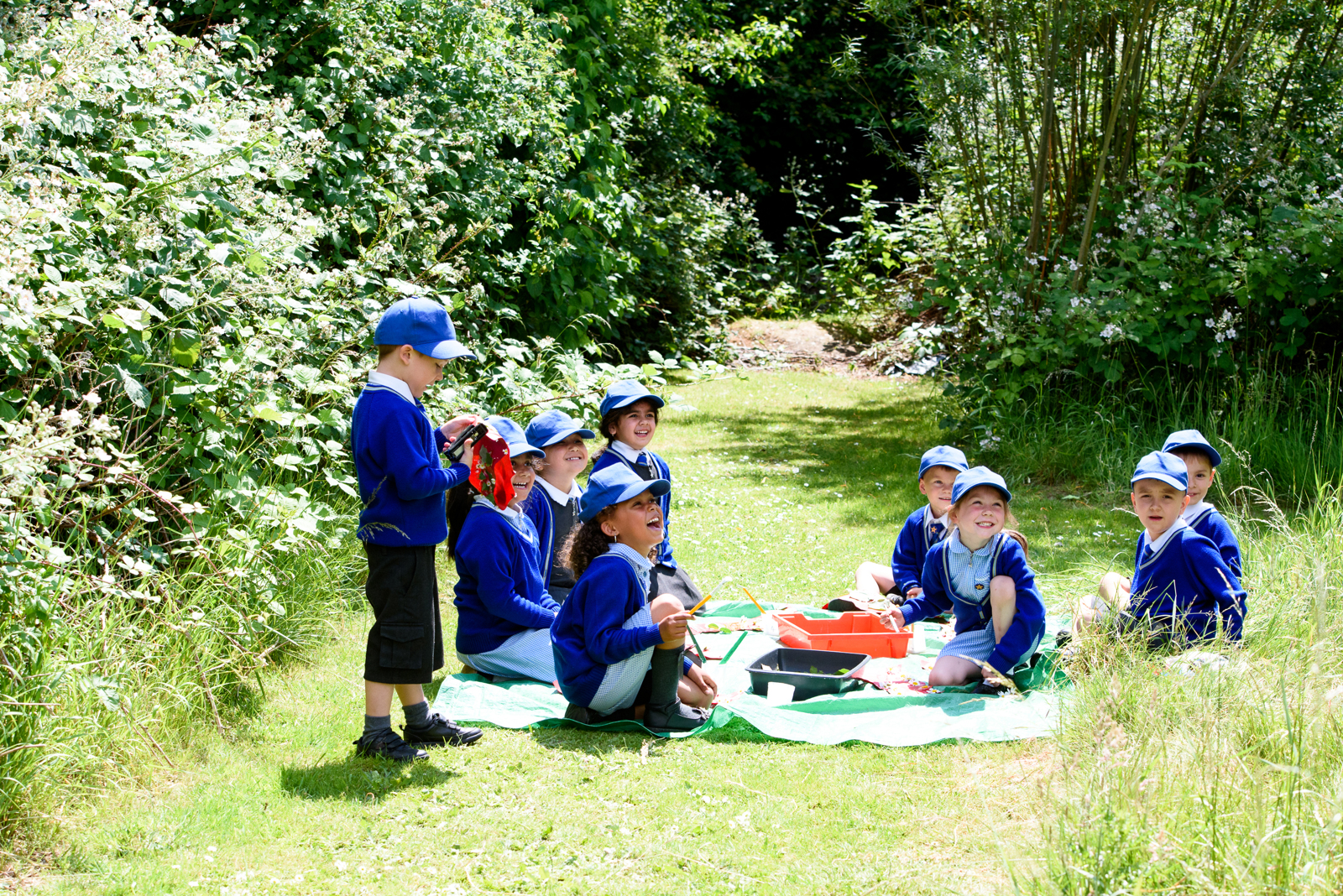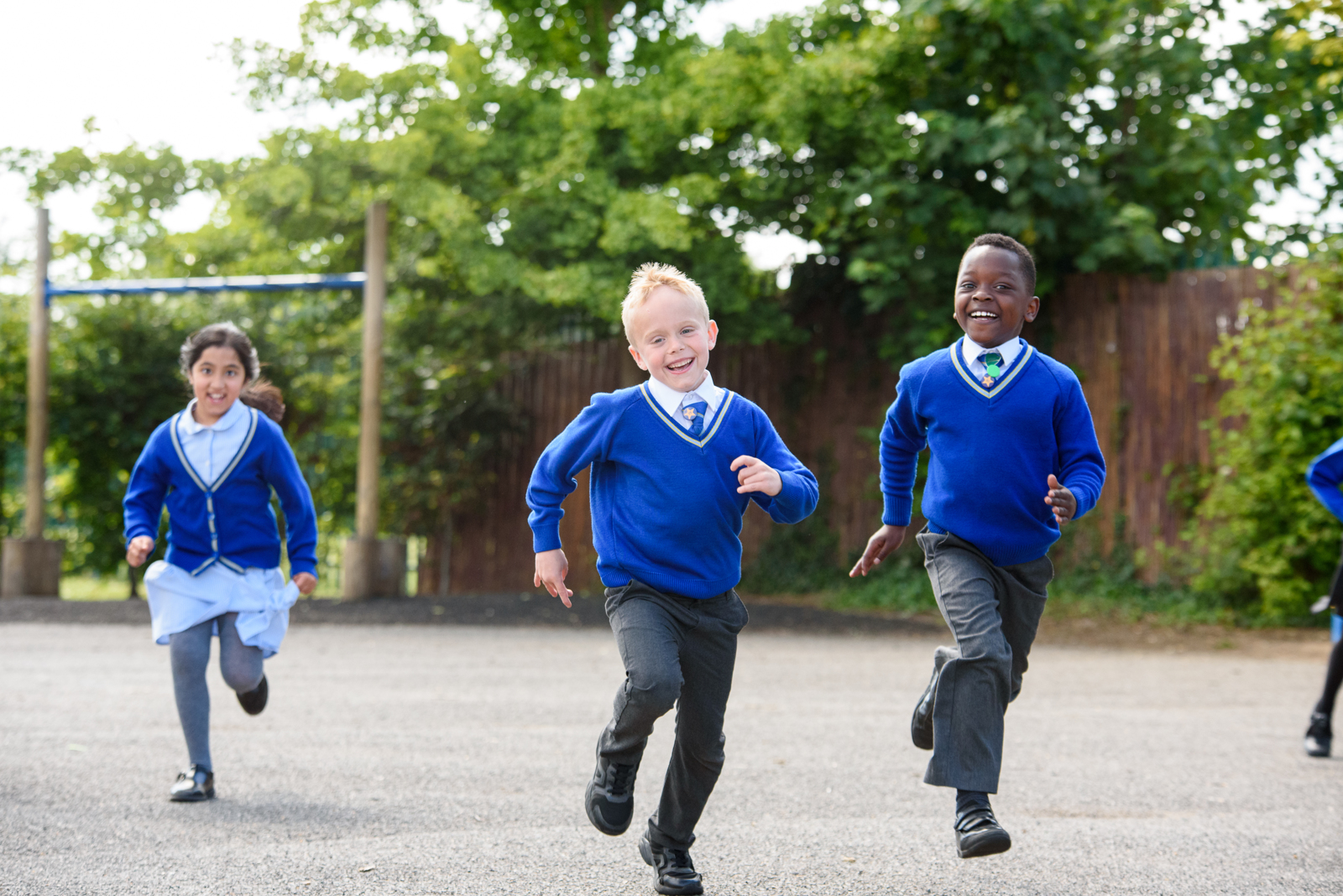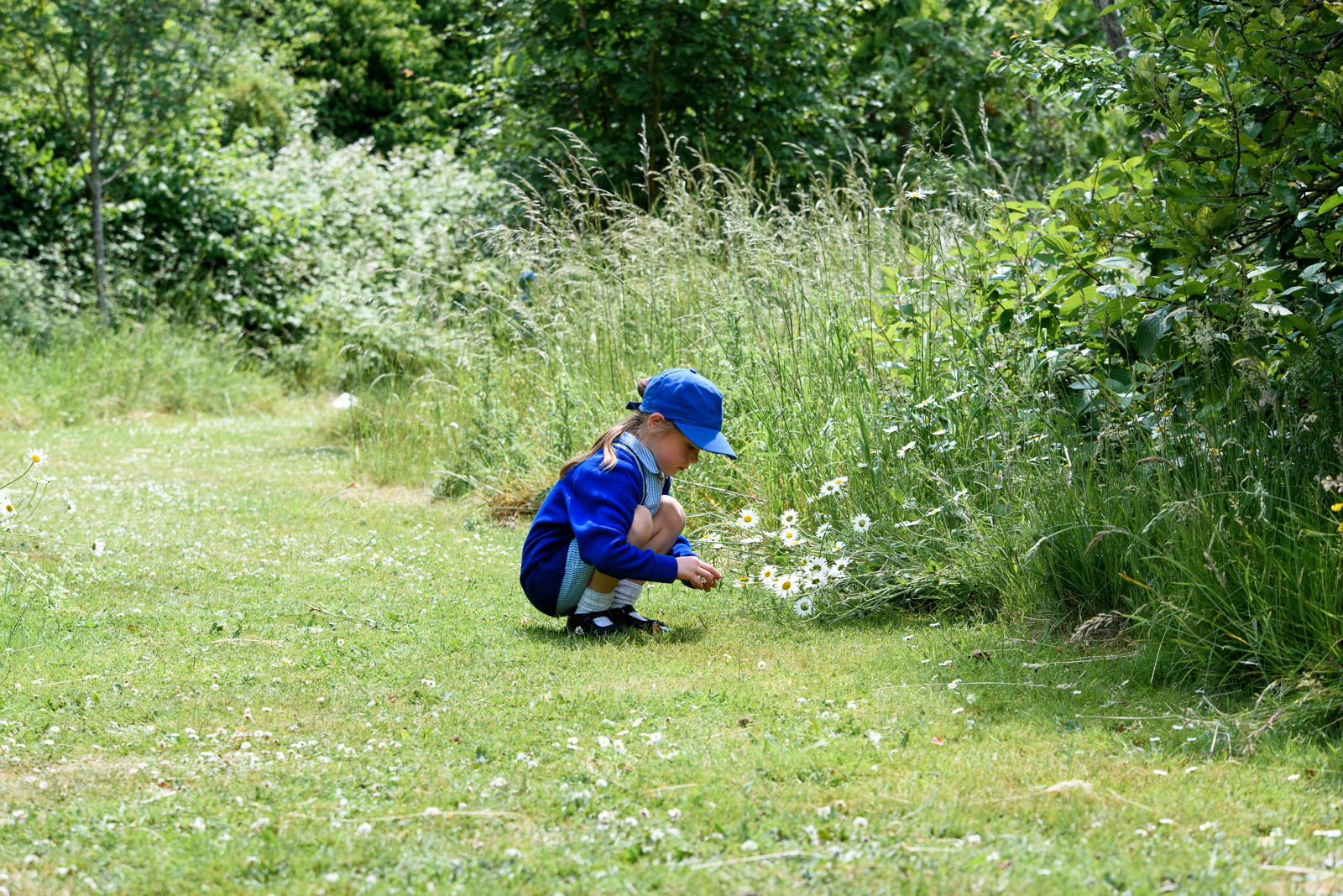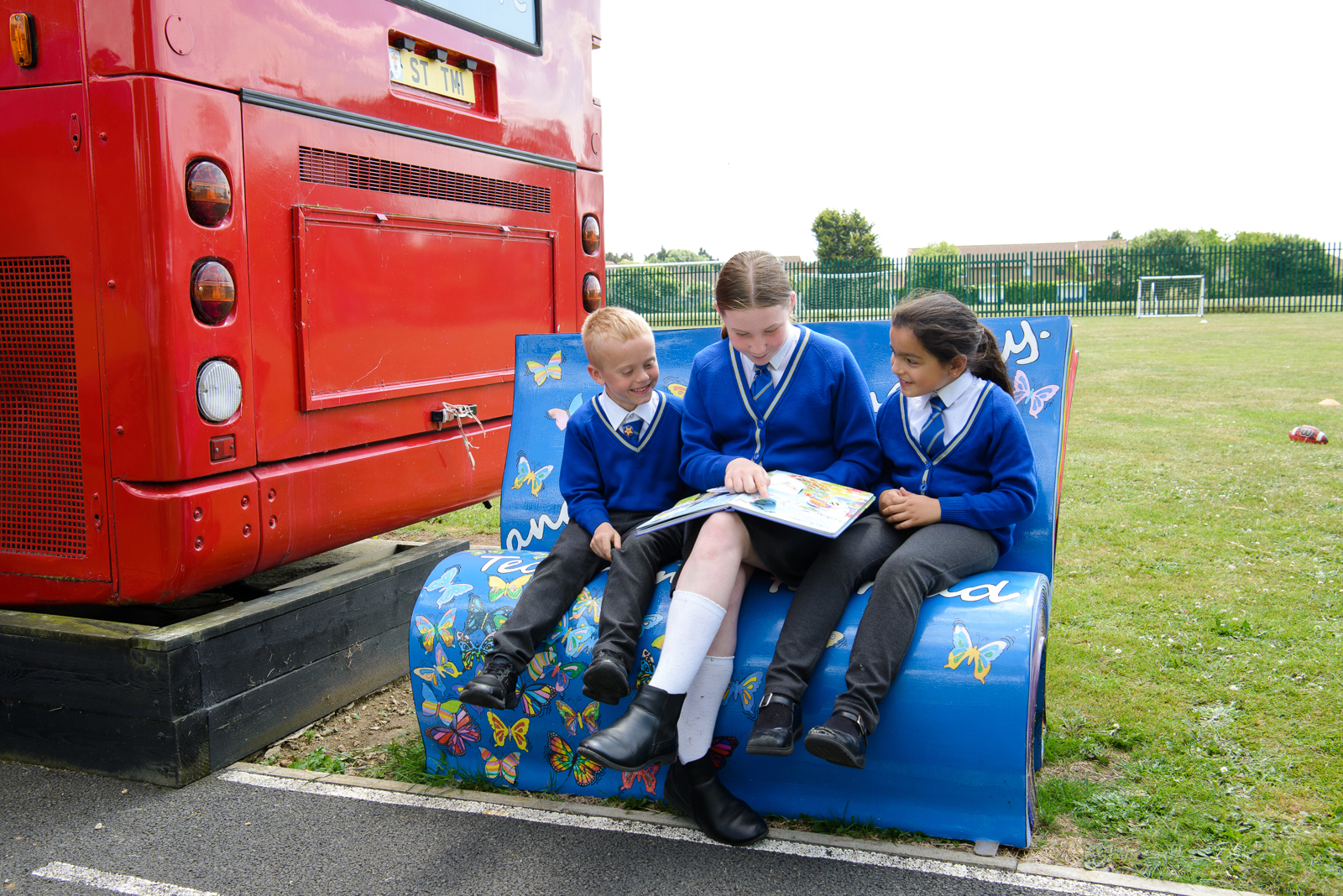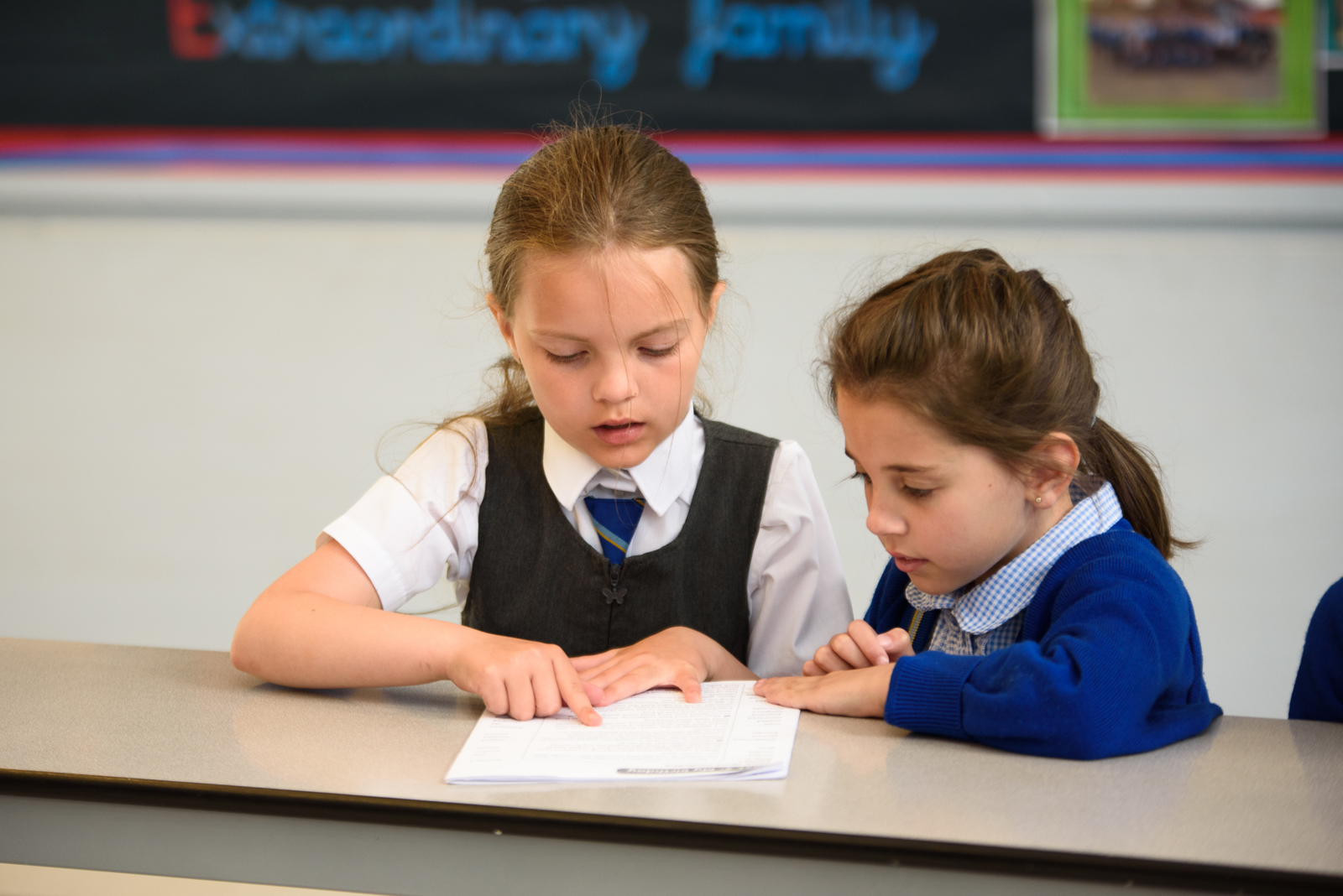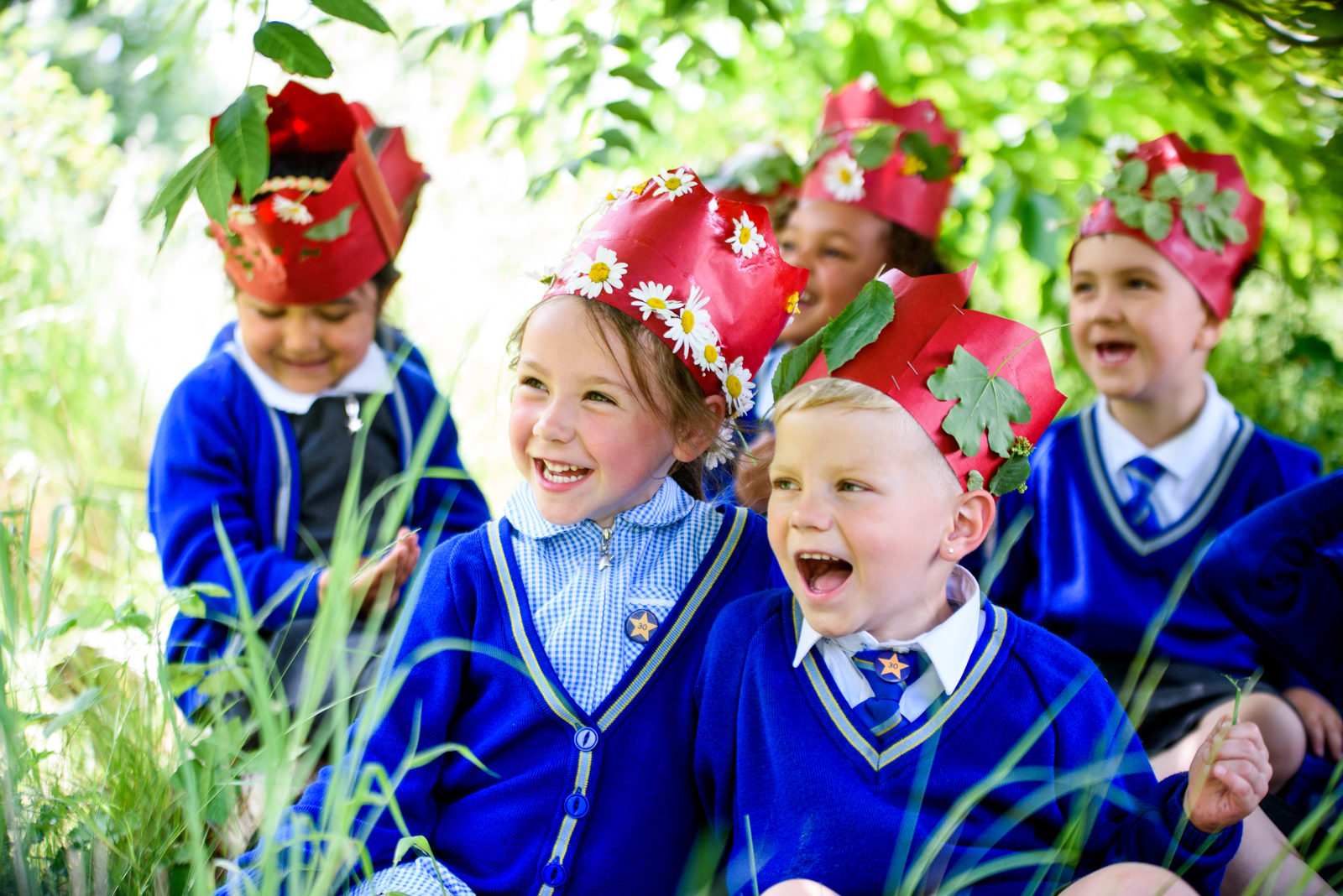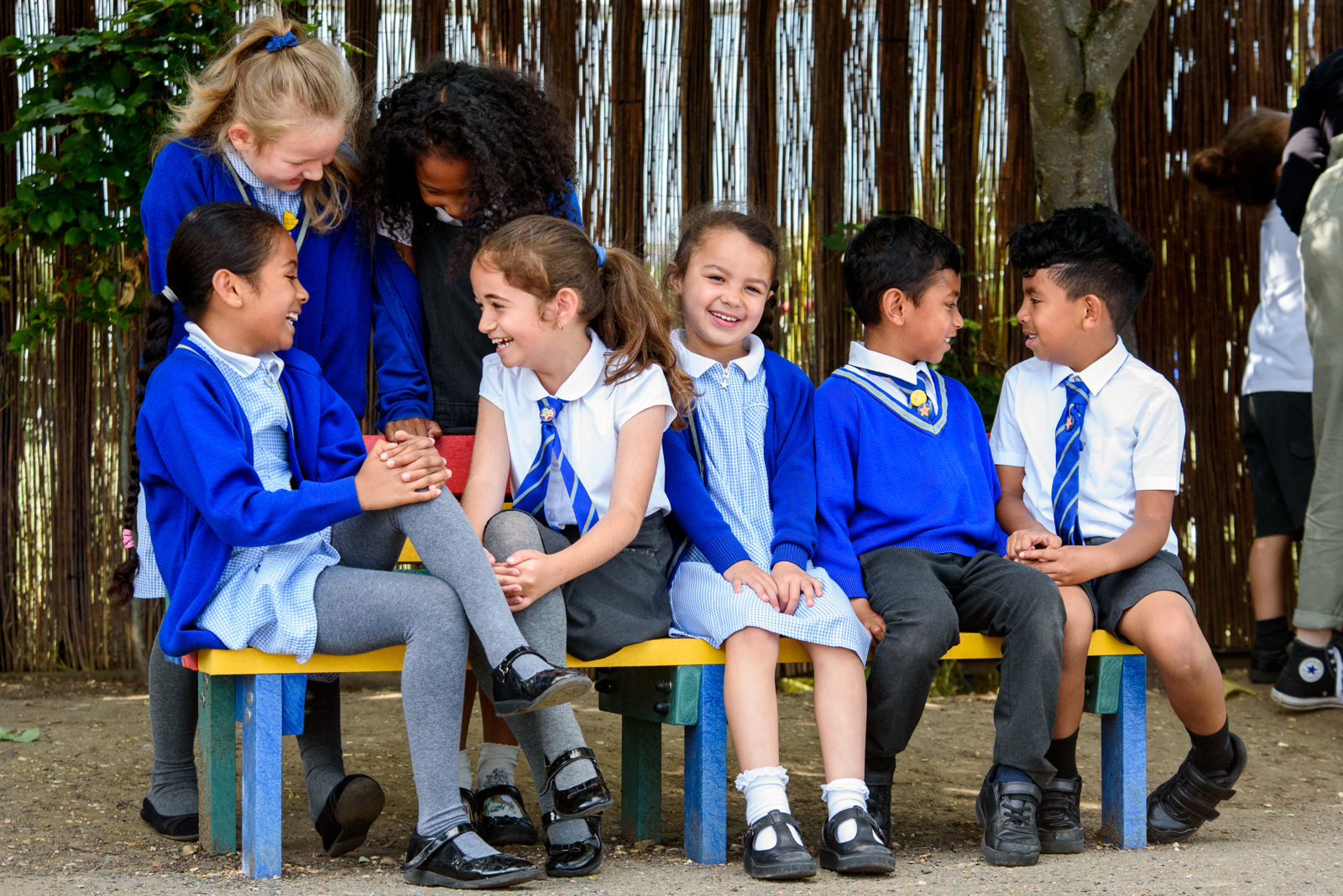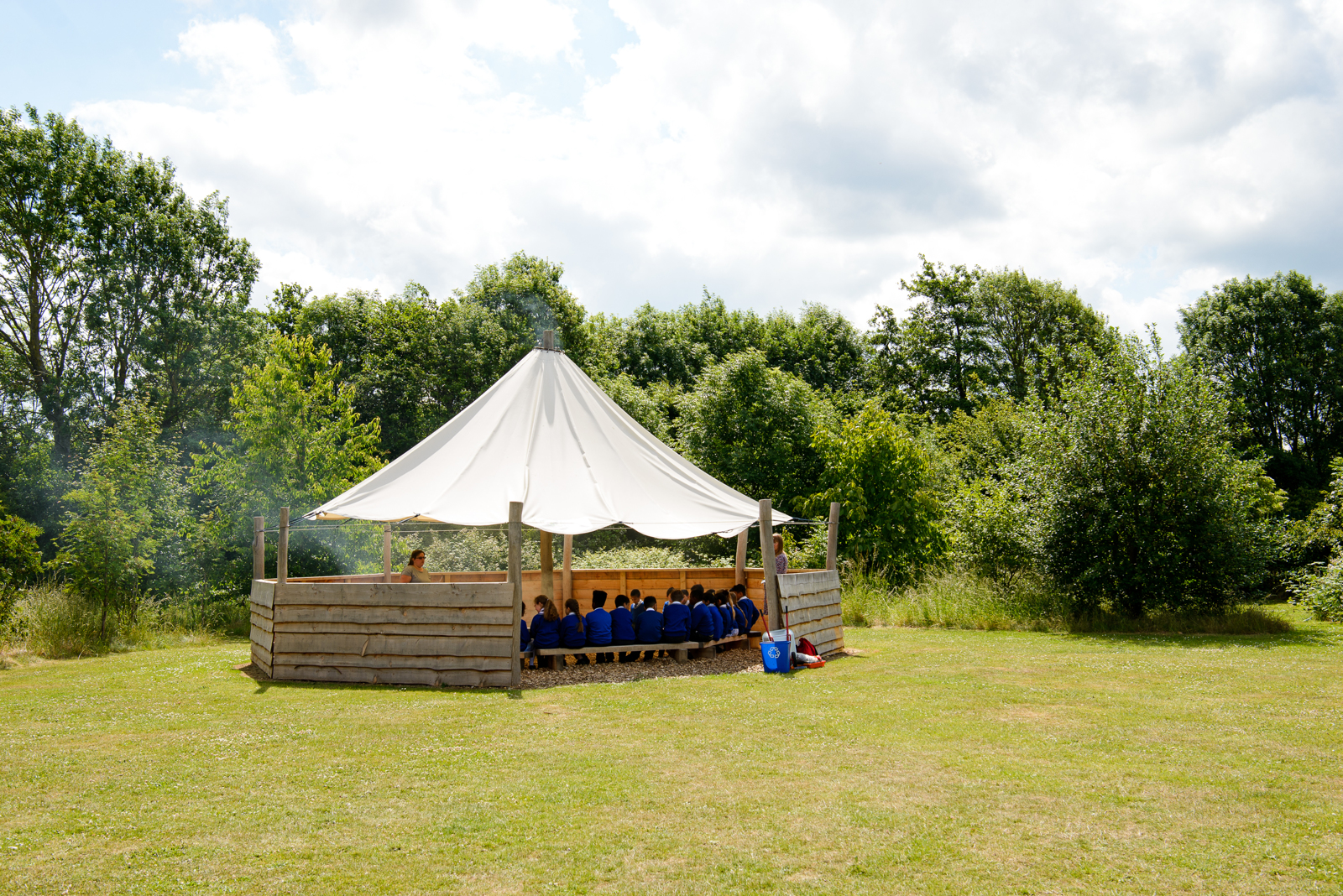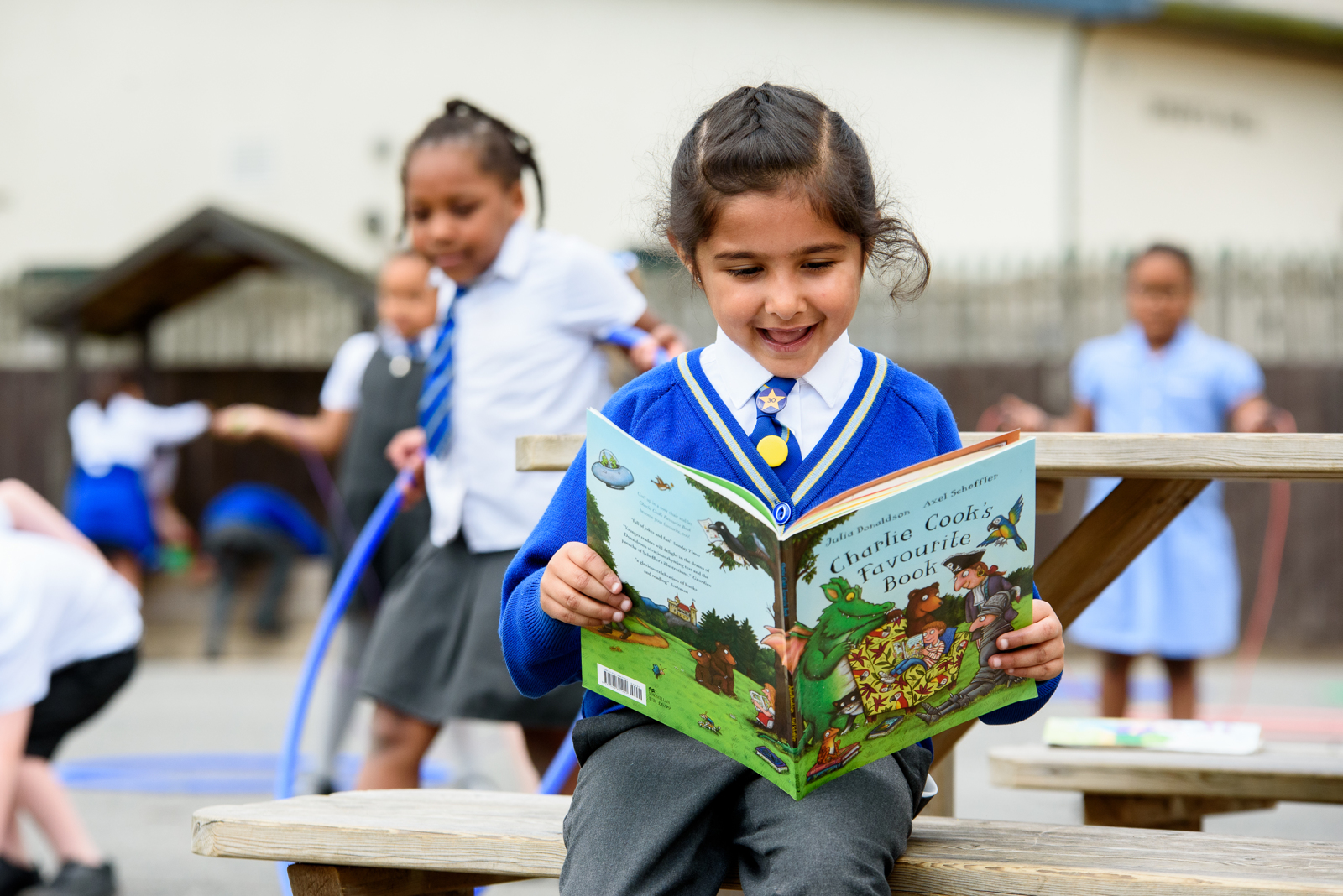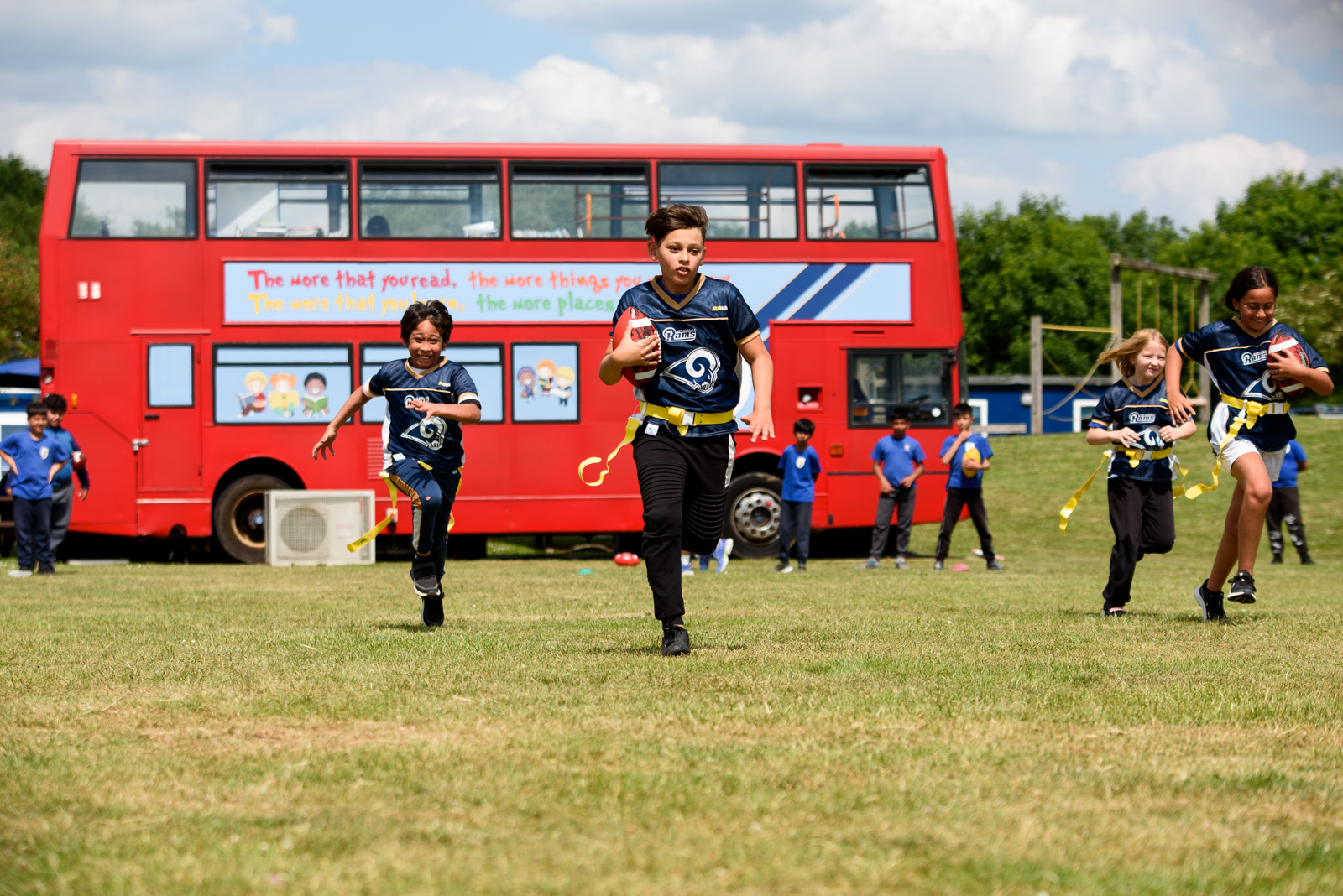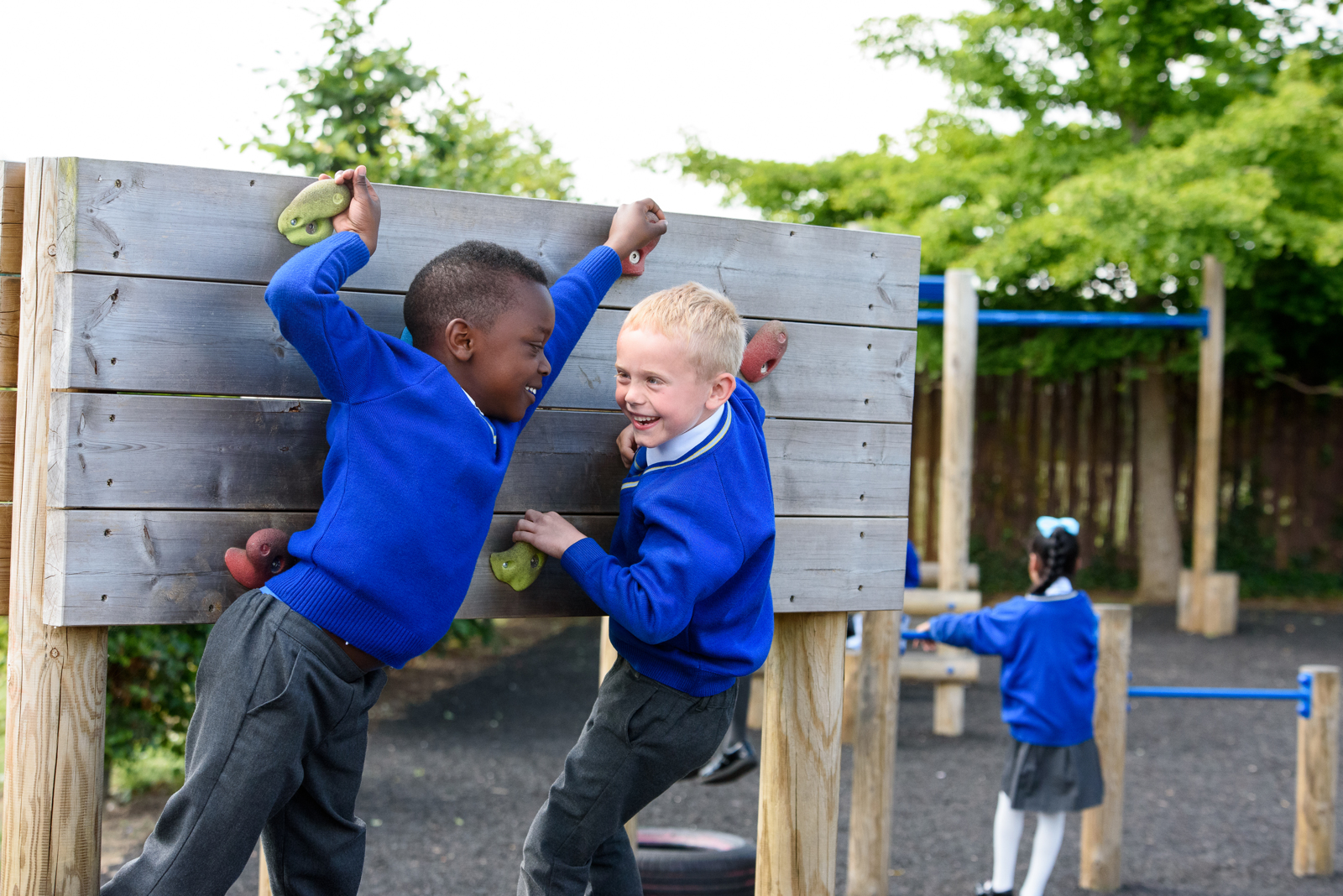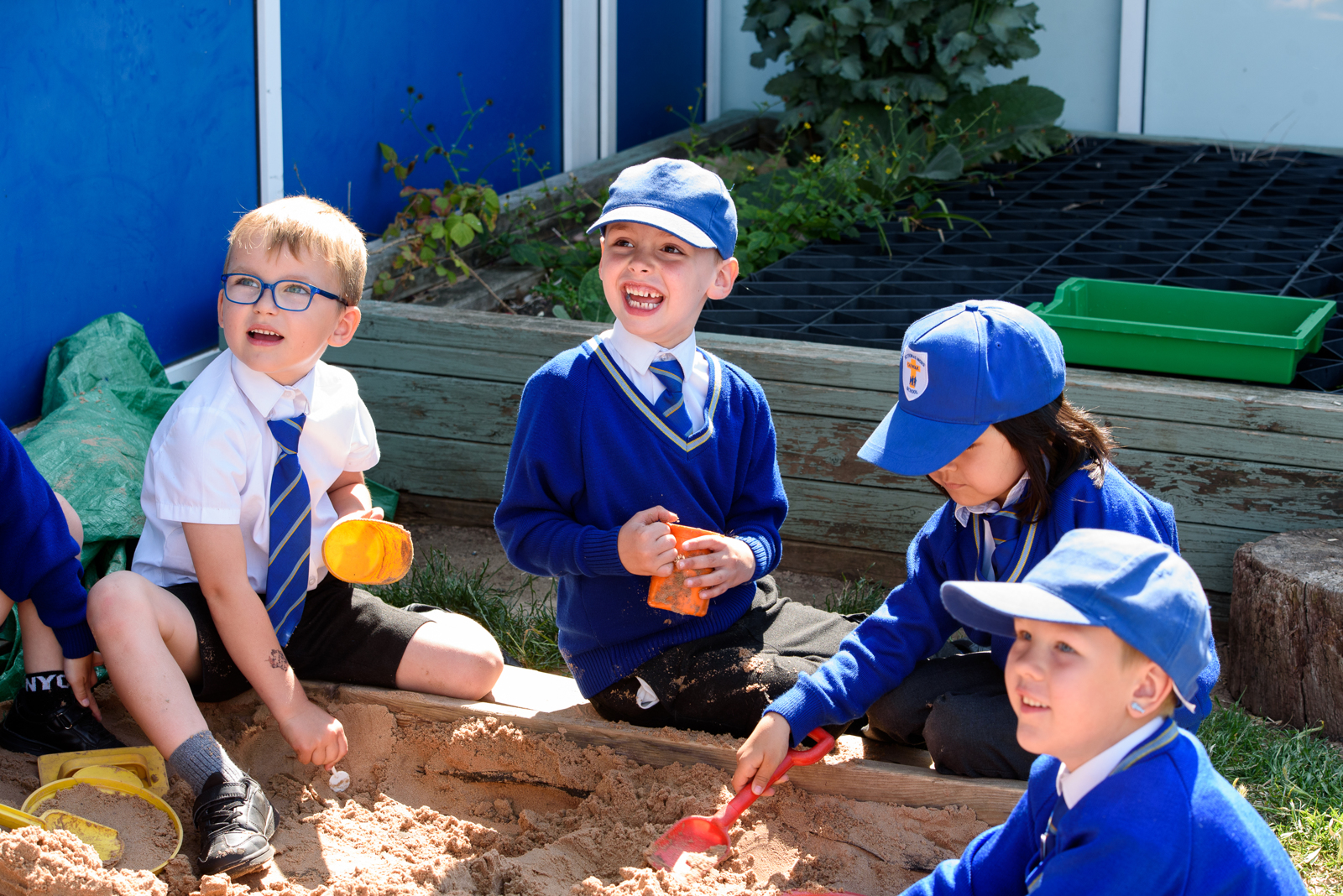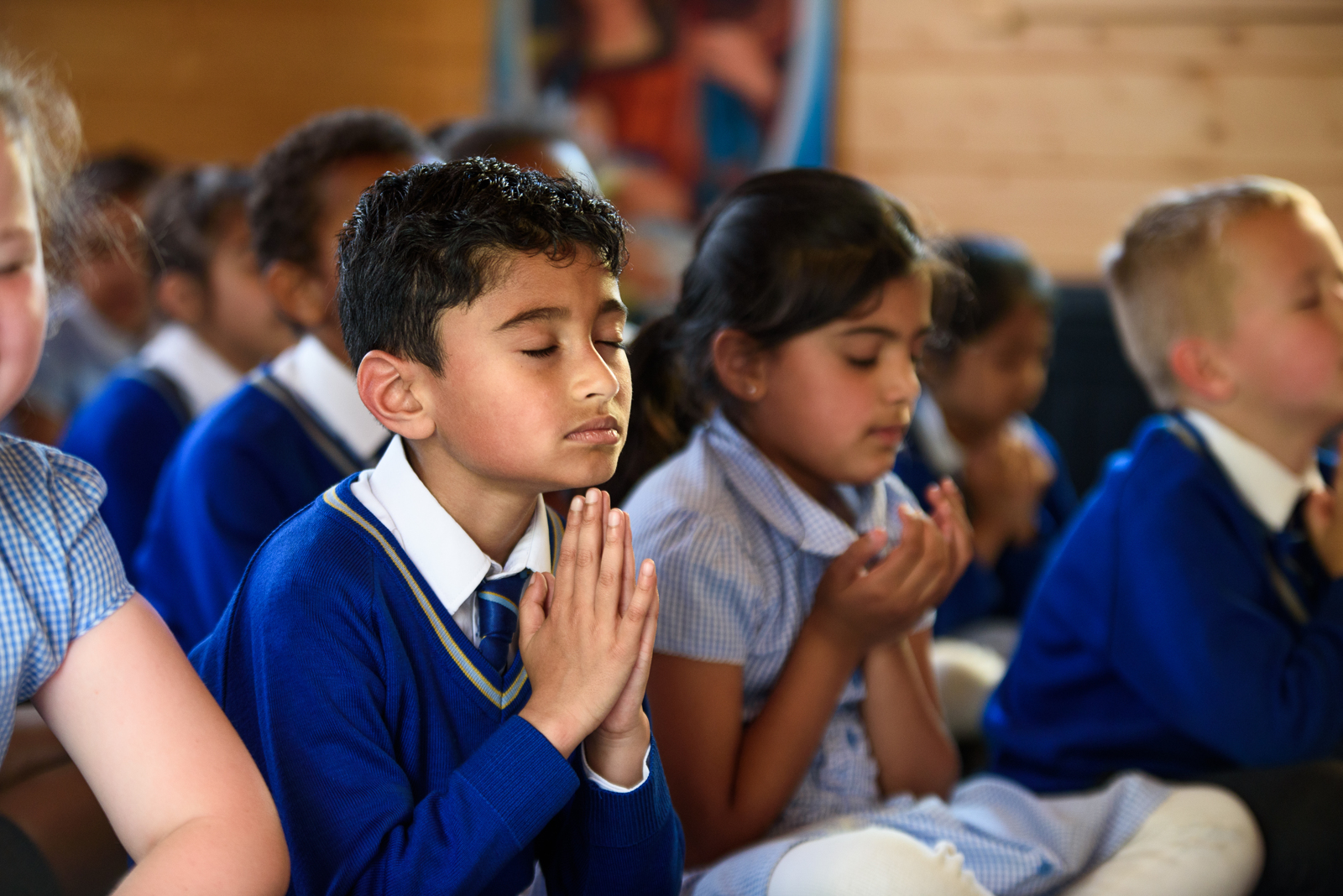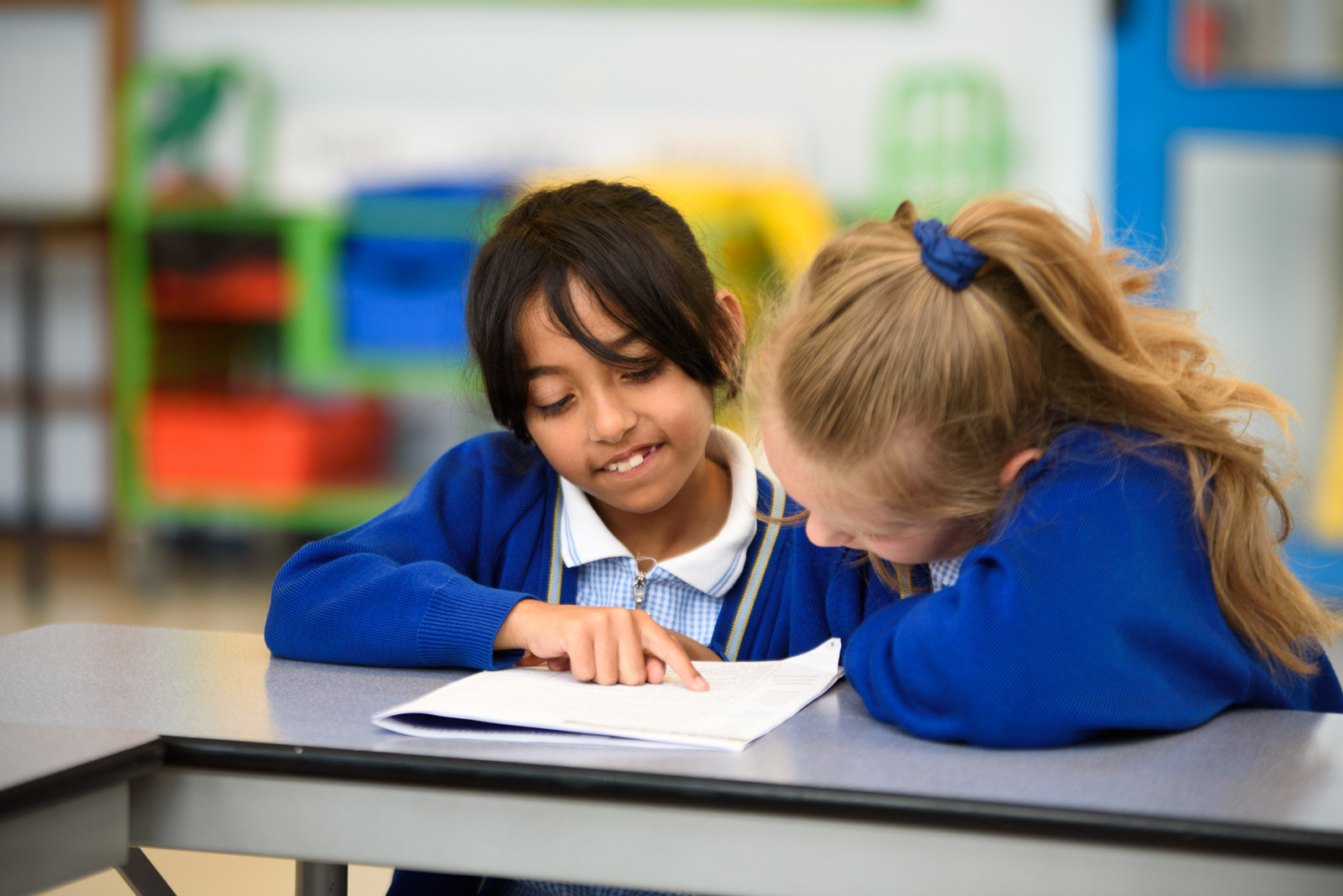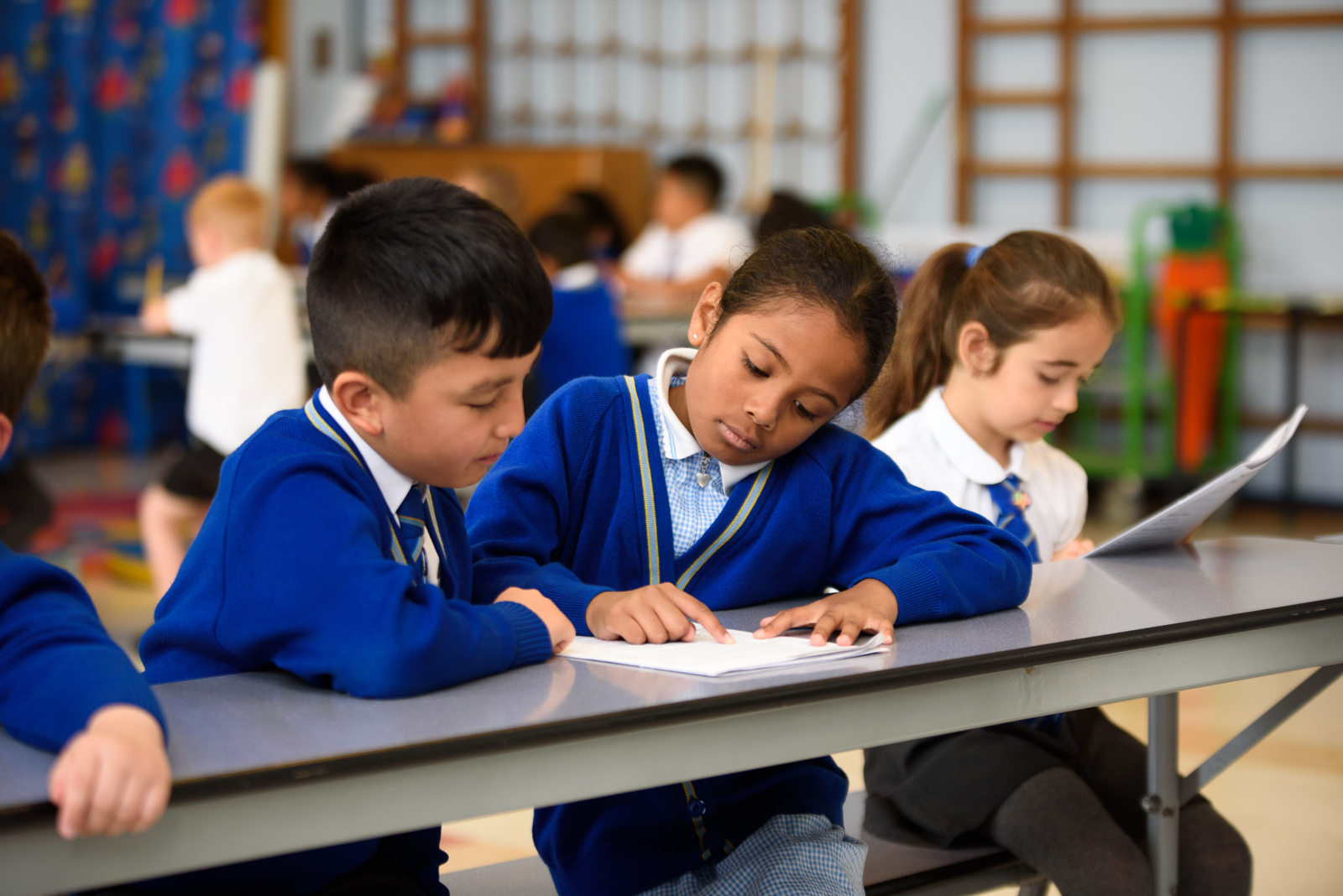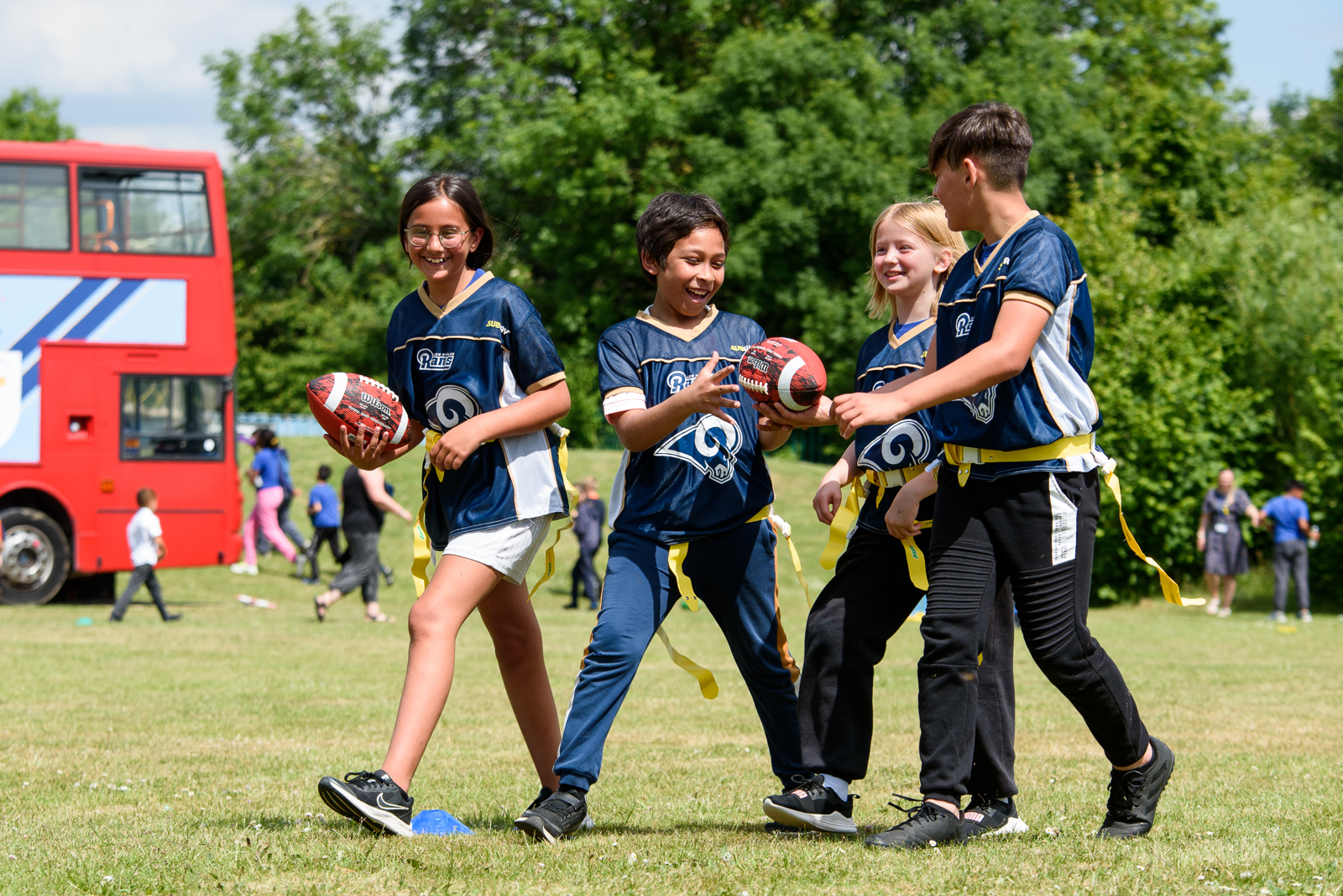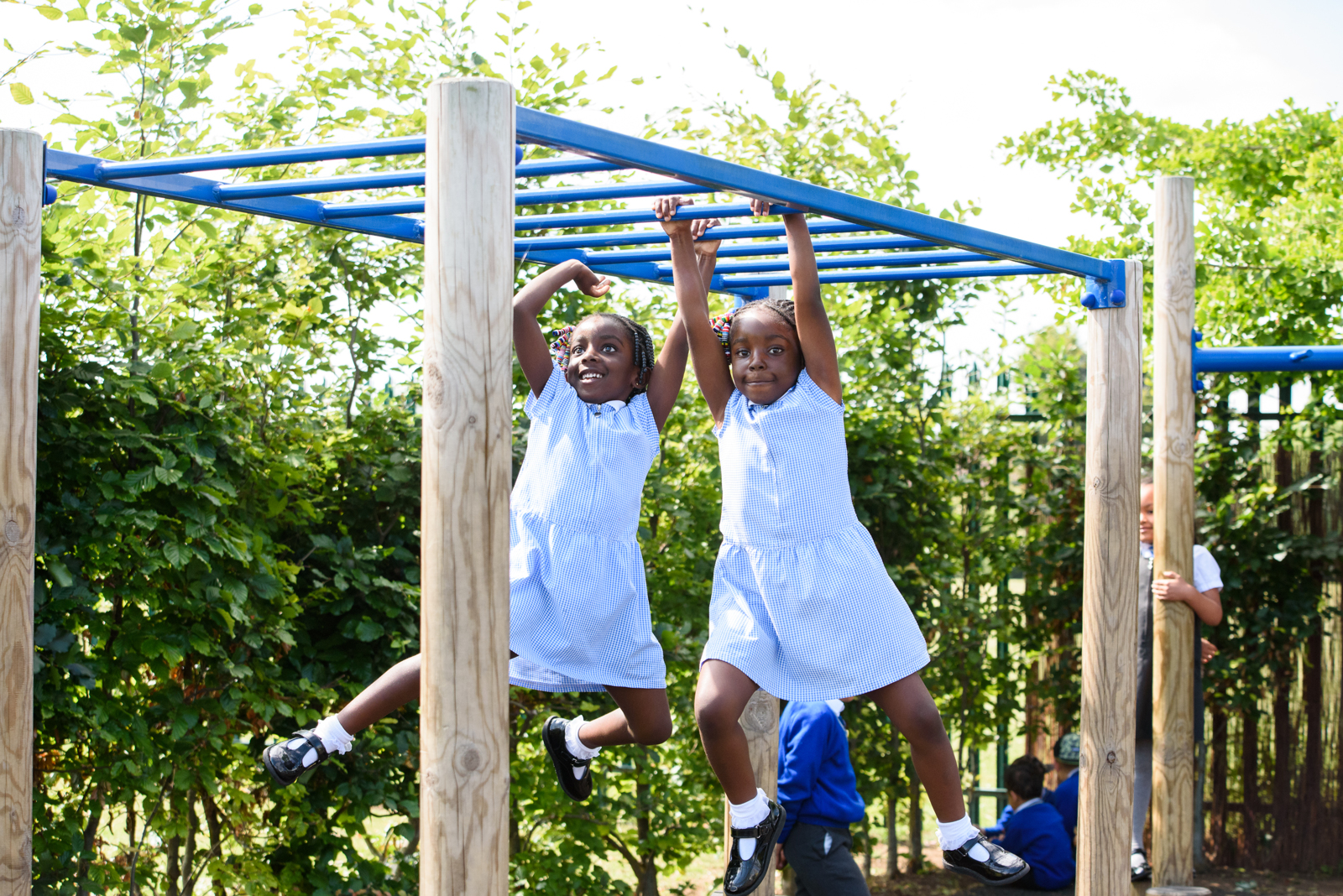Modern Foreign Language

Subject lead - Mrs E Ward
At St Thomas More, we want our children to be open to new experiences, cultures, and languages.
Learning an additional language in KS2 is mandatory and our school’s chosen modern language is Spanish.
Our goal is to make sure that pupils feel confident engaging in spoken Spanish, and develop their skills in reading, writing, speaking and listening. The aim is to create an enriched learning environment that helps children develop a genuine interest and curiosity about foreign languages. We hope that children’s enjoyment of learning an additional language would continue beyond their educational journey in KS2.
INTENT
The school’s senior leadership team will:
- Through their Spanish Curriculum, we strive to develop a love of learning about other languages and cultures whilst providing a wider understanding of the world,
- Lead all school staff to develop a clear curriculum that will promote all key areas of learning a language (listening, speaking, reading and writing)
- Provide sufficient funding to ensure that implementation is effective (software)
- Provide opportunities for the MFL lead to work with other staff members, to further develop a strong body of knowledge and teaching skills across all year groups.
- Ensure that the curriculum lead has appropriate time to develop Spanish curriculum intent, through high-quality CPD, research and development.
The MFL curriculum leader will:
- continue to develop personal understanding of a foreign language teaching and learning,
- understand the expectations of the MFL curriculum, to assist teaching and support staff in the delivery of Spanish lessons.
- ensure an appropriate progression of language skills (listening, speaking, reading, and writing) is in place,
- when needed, update staff and provide new ideas, initiatives and resources, to ensure the best provision for all pupils.
The class teacher, and other staff responsible for delivery of the programme, will, with support from the curriculum leader:
- deliver enthusiastic lessons that spark interest and inspire pupils.
- ensure teaching and learning meet the needs of all pupils in their groups, and adapt work when needed,
- when needed, seek support to develop their own confidence and clarity of each concept, either from the subject lead or other available resources.
IMPLEMENTATION
What will this look like in the classroom?
The typical teaching sequence will:
- Review of prior learning, to encourage children to know more and remember more.
- Provide scaffolding where necessary, to ensure pupils have access to reliable learning support,
- Provide an opportunity for pupils to listen to Spanish and become familiar with the correct pronunciation and articulation,
- Provide an opportunity for pupils to read Spanish words and sentences
- Engage in simple conversations with their peers,
- Provide an opportunity for written work,,
- Provide assessment; an informal takes place in every lesson through listening and questioning.
The classrooms in KS2 will provide:
- an access to printed resources (displays) that will reinforce the retrieval of key vocabulary and concepts learnt,
- the vocabulary displayed which must reflect the current unit,
- display good quality examples of learning when appropriate, (e.g. children’s work.)
Our children will be:
- engaged and enthusiastic about their learning,
- open to feedback and ready to improve their language skills
- encouraged to research Spanish language and other cultures
- encouraged to develop their Spanish language skills outside school (e.g. online games, library books).
IMPACT
How will this be measured?
Pupil Voice should show:
- enthusiasm for learning foreign languages,
- an understanding of what is being taught,
- a growing Spanish vocabulary which supports and extends pupils’ understanding.
- confidence in discussing Spanish language and culture.
The curriculum leader will:
- monitor the standards in the subject to ensure the outcomes are at expected levels.
- through regular monitoring (books looks, pupil voice), identify areas for further development.
Teaching a modern foreign language is going well when:
- the children are excited about learning a foreign language;
- there is good quality evidence of learning – in books and on display;
- learning is accessible to all pupils (including SEN)
- staff have the confidence to trying new learning techniques and resources that would enrich the curriculum and children’s experiences.

